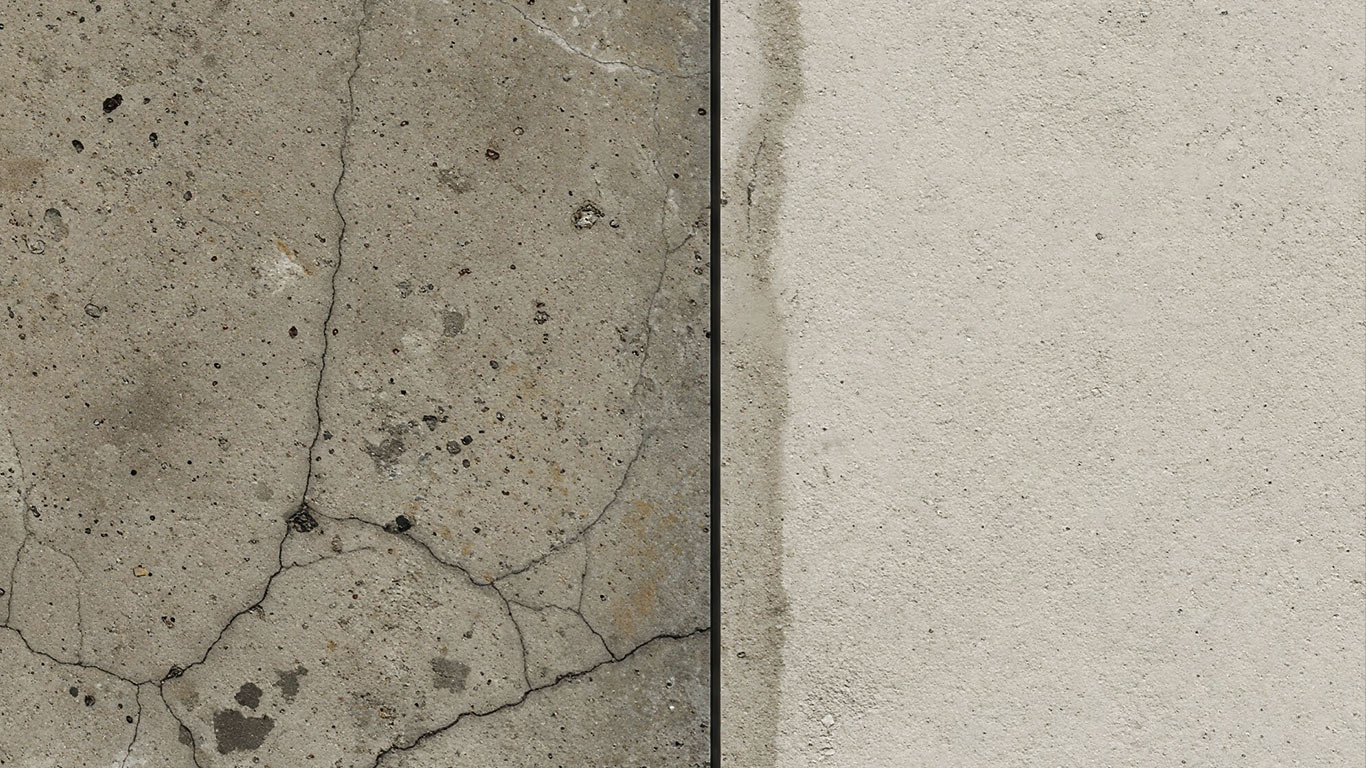
FDA
FDA 21 CFR 1040.10 - Laser Product Performance Standards



When laser cleaning concrete, begin with controlled beam passes to strip away surface contaminants and restore durability, all while preserving its structural integrity.
The surface shows dark stains and fine particles clinging tightly to the rough texture. Cracks and pits fill with debris that scatters light unevenly across the view. Layers of grime obscure the underlying grains completely.
Laser treatment removes the stains and exposes smooth, bare areas on the texture. Particles vanish, leaving clear edges around the grains in the view. The surface now reflects light evenly without any hidden debris.

FDA 21 CFR 1040.10 - Laser Product Performance Standards

ANSI Z136.1 - Safe Use of Lasers

IEC 60825 - Safety of Laser Products

OSHA 29 CFR 1926.95 - Personal Protective Equipment
License: Creative Commons BY 4.0 • Free to use with attribution •Learn more